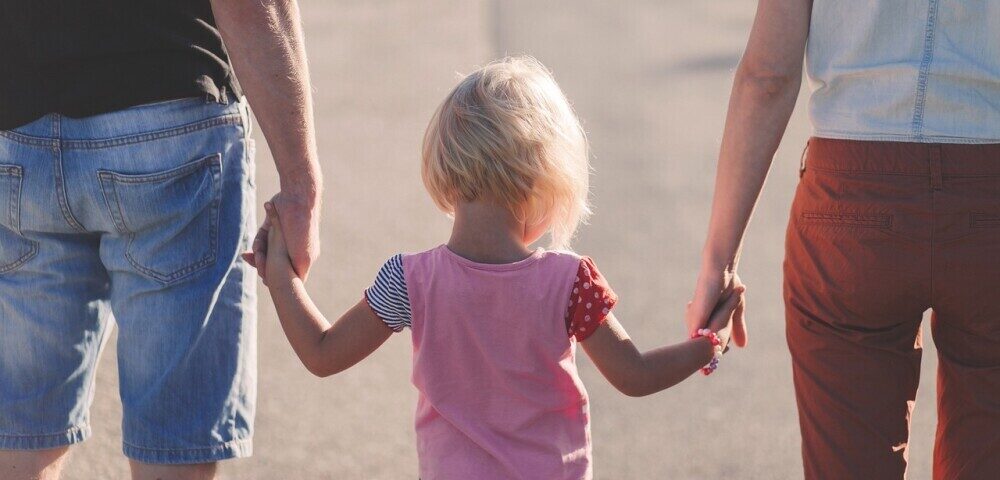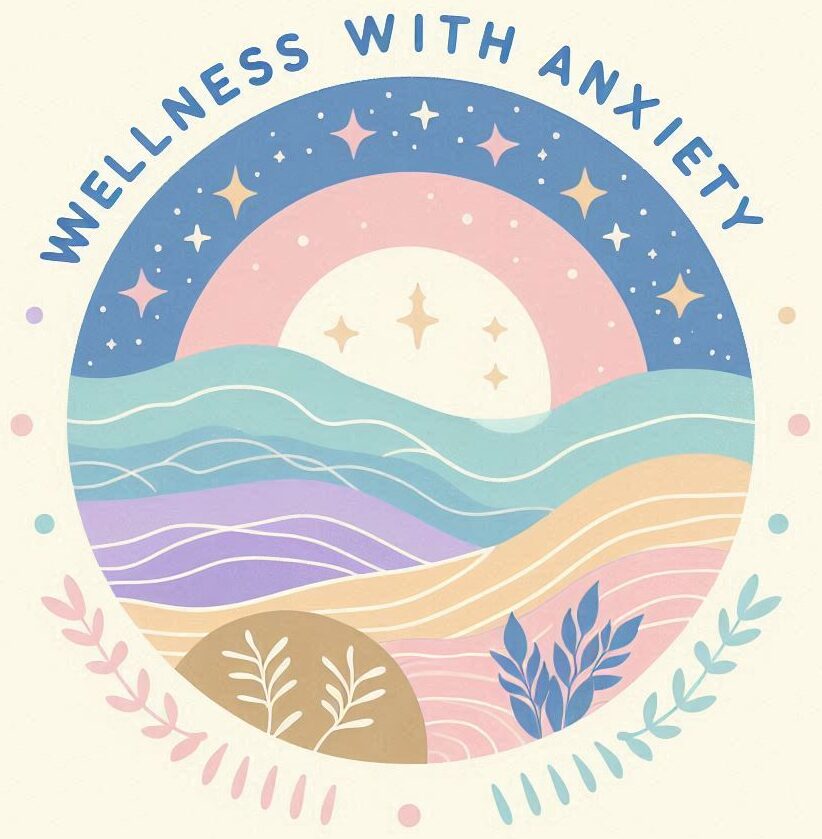 Anxiety isn’t just something adults deal with. Our kiddos and teenagers can face it too, often making it feel like they’re climbing a mountain just to get through the day. But the first step in helping them is understanding what anxiety really means. It’s those intense feelings of worry and fear that just won’t seem to go away, and they’re pretty common among the younger crowd.
Anxiety isn’t just something adults deal with. Our kiddos and teenagers can face it too, often making it feel like they’re climbing a mountain just to get through the day. But the first step in helping them is understanding what anxiety really means. It’s those intense feelings of worry and fear that just won’t seem to go away, and they’re pretty common among the younger crowd.
You might wonder how to tell if it’s just your child being a normal kid or if there’s something more serious going on.
Here’s the lowdown: normal anxiety can kick in when your child feels under pressure, like before a school test or moving to a new house. This type of anxiety usually fades away after the stressor is gone. But an anxiety disorder means these feelings are persistent and start to interfere with daily life, like causing trouble with friendships or focusing at school.
Symptoms of anxiety in kids don’t always look the way you’d expect.
We often think of nerves or worry, but it can also show up as irritability, sleepless nights, or even physical aches. Often, kids might not even realize they’re feeling anxious and might instead describe a tummy ache or headaches without any clear physical cause.
Understanding these elements is crucial for parents and caregivers. When you’re aware of the signs and variations of anxiety, you’re better equipped to catch it early and seek out the right support for your child.
Root Causes: The Leading Triggers of Anxiety in Young Minds
 When looking at what kicks off anxiety in kids, it’s not a one-size-fits-all situation.
When looking at what kicks off anxiety in kids, it’s not a one-size-fits-all situation.
But if we’re talking about leading causes, a top contender is stress from social situations or school pressure. Most children want to fit in or excel academically, and this pressure can lead them straight into anxiety territory.
Age plays a big role here too.
Anxiety often peaks during early adolescence, although it can start much earlier. Hitting those teenage years means facing physical, emotional, and social changes that can be super daunting. Many kids get caught up in worrying about everything from making friends to acing classes.
And let’s not skip out on the impact of childhood trauma.
Events like experiencing bullying, loss, or family challenges can crank up anxiety. Trauma can reshape how kids see the world and themselves, often making the world feel less safe.
Genetic factors can set the stage, too.
If anxiety runs in the family, kids might be more likely to experience it themselves. Environment and upbringing, intertwined with genetics, create a mix that can predict anxiety’s likelihood. Being aware of these risk factors makes it easier to approach anxiety with understanding and empathy, giving children a safe space to unpack their feelings.
Parenting Styles: How They Influence Childhood Anxiety
 Parenting is like the ultimate balancing act, right?
Parenting is like the ultimate balancing act, right?
Trying to raise happy, secure kids without going overboard. It turns out that the way we parent can have a big impact on whether our kids develop anxiety. Different styles send different messages that shape a child’s emotional landscape.
Let’s break down a few common styles.
Authoritative Parenting
You’ve got authoritative parents—confident, but flexible. They set rules but also listen. This style usually helps reduce anxiety because it provides a solid foundation and promotes independence.
Authoritarian Parenting
Then there’s authoritarian parenting, which is kind of like a drill sergeant approach—really strict with little room for discussion. Kids might end up feeling anxious because they’re under constant pressure to meet high expectations.
Permissive Parenting
On the other side, permissive parenting, where the rules are loose and free, can also contribute to anxiety. Lack of boundaries can make kids unsure of what to expect next, making their world uncertain.
Overprotective Parenting
Overprotective parenting might mean well, but it can stop kids from learning how to deal with life’s ups and downs. They’re less likely to build coping skills if parents are always stepping in to fix things.
Finding the Right Balance
It’s crucial to find that sweet spot—a supportive, listening environment balanced with clear limits. When children know they can depend on their parents but are also encouraged to navigate challenges, they’re more likely to develop resilience against anxiety. Setting up this kind of nurturing atmosphere helps kids thrive, both emotionally and mentally.
Overcoming Anxiety: Tools and Techniques for Parents and Caregivers
 Cognitive Behavioral Therapy
Cognitive Behavioral Therapy
Helping kids manage anxiety is an important and kind of hands-on endeavor. Some tried-and-true techniques can make a world of difference. Cognitive-behavioral therapy (CBT) is like the gold standard here. It’s all about helping kids change their thought patterns to influence their feelings and behavior positively.
Mindfulness
Mindfulness is something else worth exploring. Teaching children to be present in the moment helps them not get overwhelmed by worries about the past or future. Simple breathing exercises can help, like having your child focus on taking slow, deep breaths whenever they feel anxiety creeping in. This kind of practice does wonders for calming the nerves.
Having a Support System
Having a strong support system in place involving both school and community resources is essential. School counselors, support groups, and extracurricular activities provide opportunities for kids to express themselves and connect with others who understand what they’re going through.
Building Coping Skills
Building coping skills is where the magic really happens. Encouraging your child to engage in activities they enjoy, like sports or art, gives them outlets to channel their energy positively. Promoting resilience by fostering an environment where kids feel safe to try and fail builds confidence, reminding them that setbacks happen, and it’s okay.
These tools and techniques are all about equipping both the kids and the caregivers with skills to handle anxiety when it pops up. Empowering children with strategies allows them to take control of their feelings, promoting their mental wellness.
Expert Insights: Personal Experiences and Research-Led Solutions
 Child Psychologists
Child Psychologists
Sometimes it feels like you’re not just trying to guide your kids but navigating a minefield without a map. That’s why insights from experts can make all the difference. Child psychologists and educators have a wealth of knowledge to share about what truly works in tackling anxiety in children and adolescents.
Learning From Others Experiences
Hearing real-life stories from parents and kids who’ve faced anxiety brings an authentic perspective that textbooks can’t always offer. These experiences underscore that you’re not alone in this journey, and there are proven strategies for overcoming these challenges. It’s reassuring to know others have been there and come out stronger and more connected.
Staying Up-to-Date on the Latest Research
Exploring the latest research in this field opens up new ways of thinking and acting. Fresh methodologies in cognitive therapies, emerging attention on neuroplasticity, and innovative technologies offer promising new avenues for tackling anxiety. Staying informed about these developing areas helps you tap into the most effective resources and practices right when they appear.
Using Support Networks Geared Towards Children & Teens
One of the best parts is knowing you’re part of a wider community. Numerous support networks are dedicated to helping families address mental health needs. From local workshops to online forums, these resources provide essential support, offering a place to share, learn, and grow together.
Building a Future That Empowers You and Your Child
Incorporating these expert tips and community resources into your strategy not only boosts your own confidence as a caregiver, it also provides your child with a steadfast support system. It’s about building a future where both you and your child feel empowered and ready to handle whatever comes your way.
